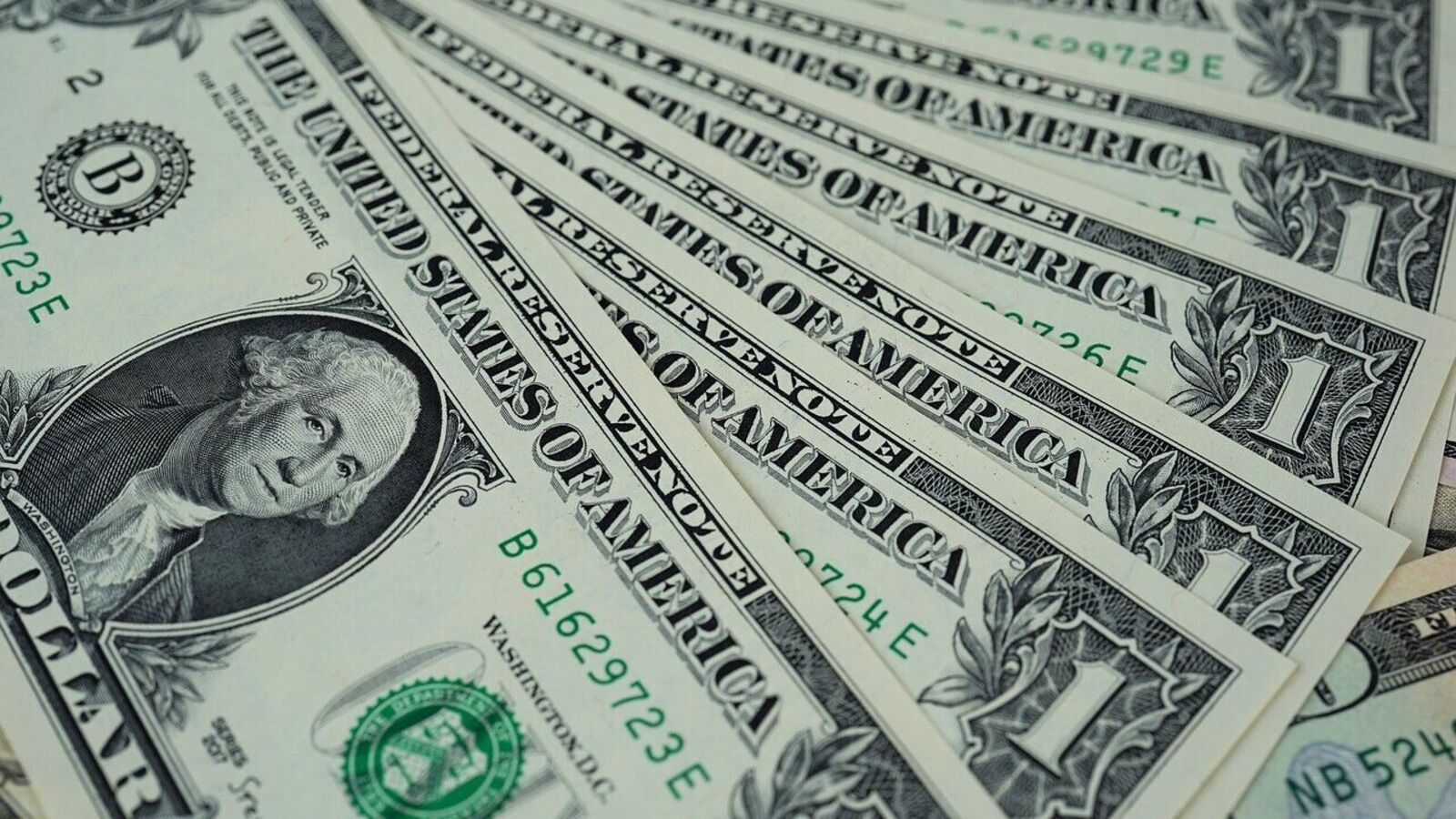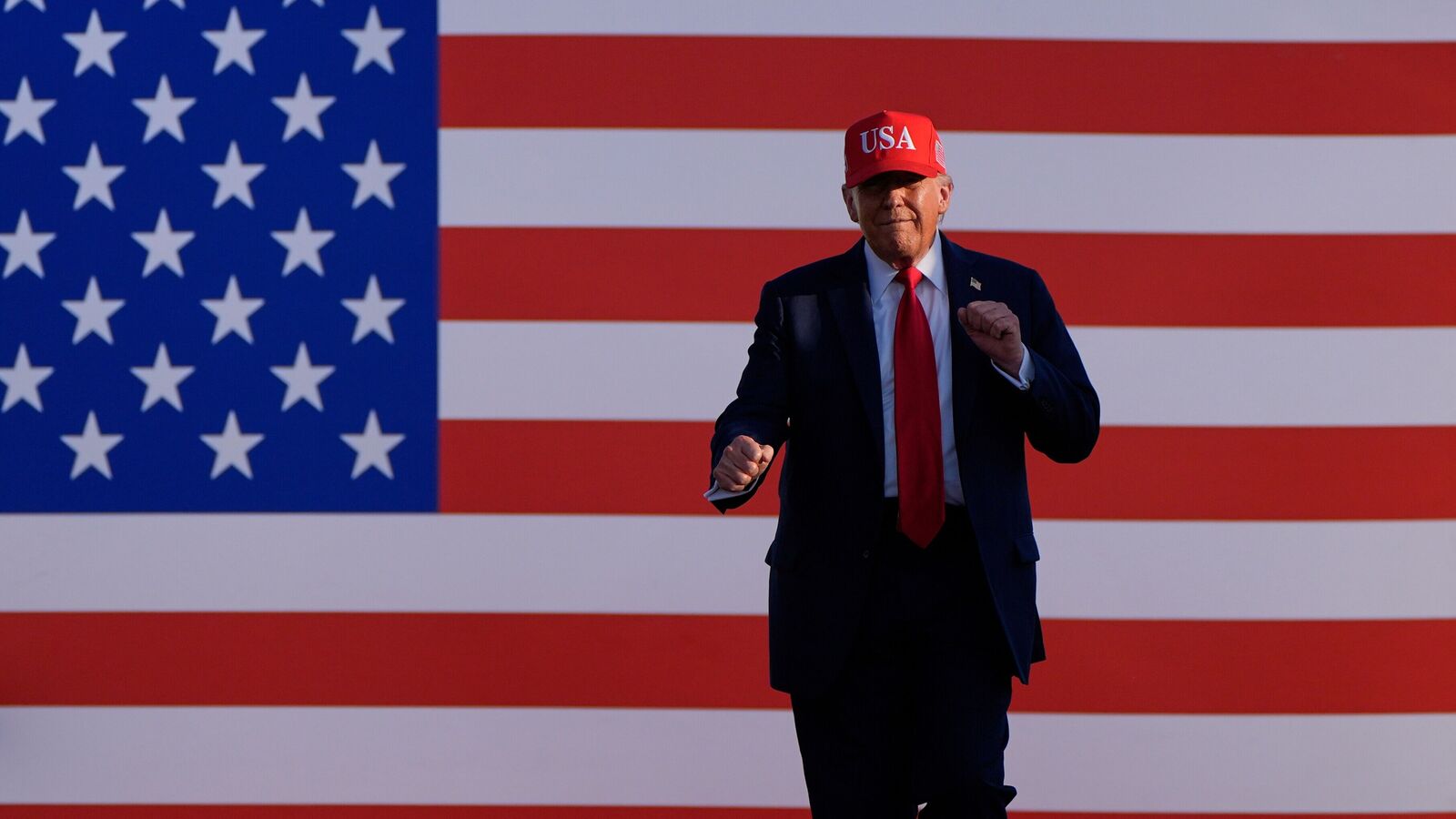With the US dollar at multi-year lows, could Indian stock market see a surge in FPI inflows?

The Indian stock market has seen a resumption of overseas inflows in recent months, driven by easing global trade tensions, improving domestic fundamentals, and expectations of an earnings recovery in FY26.
Though foreign remained net buyers over the last three months, the aggressive selling during the first quarter of 2025 more than offset the recent inflows, keeping their overall stance negative for the year so far, with total₹1.3 lakh crore”> outflows standing at ₹1.3 lakh crore.
Nevertheless, analysts expect that inflows may increase in the near future amid a sharp drop in the US dollar, which crashed 11% in the first half of the current calendar year, marking its steepest half-year decline since 1973 and its weakest six-month performance since 2009. At the current level of 97, the dollar index is trading at the lowest level since February 2022.
Dollar weakness could boost inflows
Ross Maxwell, Global Strategy Operations Lead at VT Markets, said a weaker USD, especially when tied to expectations of rate cuts in the US, will generally have a positive impact on Foreign Institutional Investor behavior, as investors will rotate from developed markets into emerging markets to seek higher yields.
This can have a positive impact on Indian equities, as it brings more capital inflows into the country, supporting the rupee and lowering bond yields. He noted that a strong rupee and lower import costs due to the weaker dollar can improve margins for big sectors in India such as aviation, chemicals, and consumer goods.
Lower prices for USD-denominated commodities such as metals and crude oil will reduce inflationary pressures and boost Indian companies, although some export sectors such as IT and pharmaceuticals may face challenges.
Maxwell added that overall returns on Indian assets can also increase, as the cost of hedging positions decreases with a weaker USD, which can boost investor capital flows into bonds and equities. “When we see a rotation from investors into emerging markets, India is often one of the first choices due to its macroeconomic stability and large consumer market, which is why I think we can see further gains,” he said.
Brokerage Elara Securities, citing historical data, also made a case for an 8-10% rise in the Indian benchmark index amid USD weakness. “In each of the 8 years when the DXY fell more than 5%, the Nifty posted positive returns—with a median gain of +34%. To date in 2025, despite a 9% DXY decline and a –0.9 correlation, the Nifty is up a mere 7.5% YTD. If past patterns hold, an additional 8–10% upside appears plausible,” it said.
With FII shareholding near low since Sept 2017 and a macro backdrop resembling prior recovery cycles — rate cuts, benign inflation, and external stability — the environment remains supportive, it said, expecting it to play out through a selective high beta rally.
Global recession fears and geopolitical tensions may limit gains
That said, Maxwell cautioned there are some challenges ahead. If US recession fears persist and this translates into investor fears over a global recession, then this could hurt market sentiment and dampen demand for Indian exports.
He also warned that if geopolitical tensions rise, we may see a return of risk-off sentiment, which can prompt investors back to safe havens in the short term, hurting Indian markets.
Maxwell advised traders and investors to keep a close eye on the US earnings season for clues on how the US economy is performing. Whilst the Fed is expected to cut rates, he noted, “we should look for clues from the Fed about any potential concerns over inflationary issues caused by tariffs that could force them to increase rates and therefore strengthen the USD again.”
Disclaimer: The views and recommendations given in this article are those of individual analysts. These do not represent the views of Mint. We advise investors to check with certified experts before taking any investment decisions.






